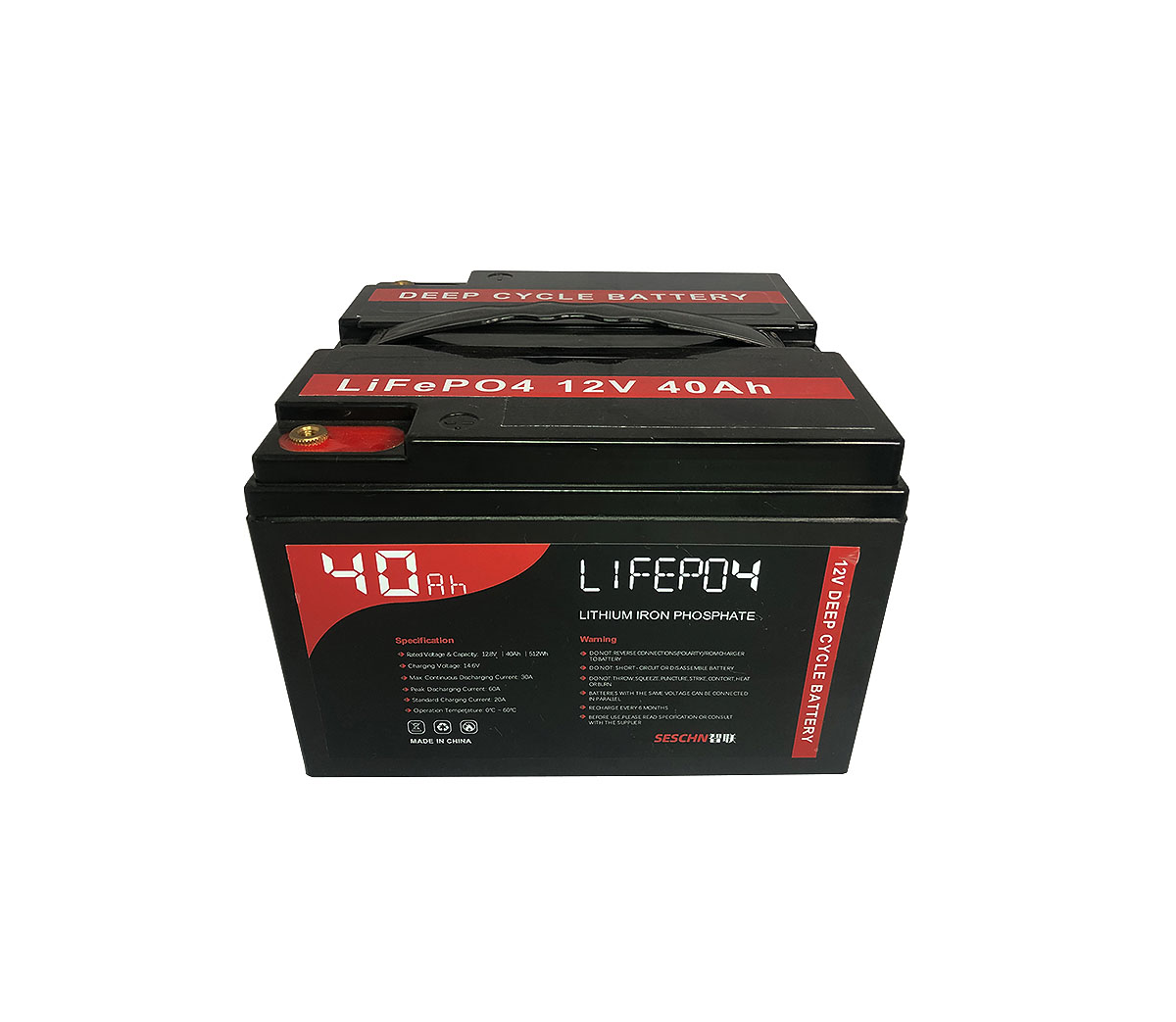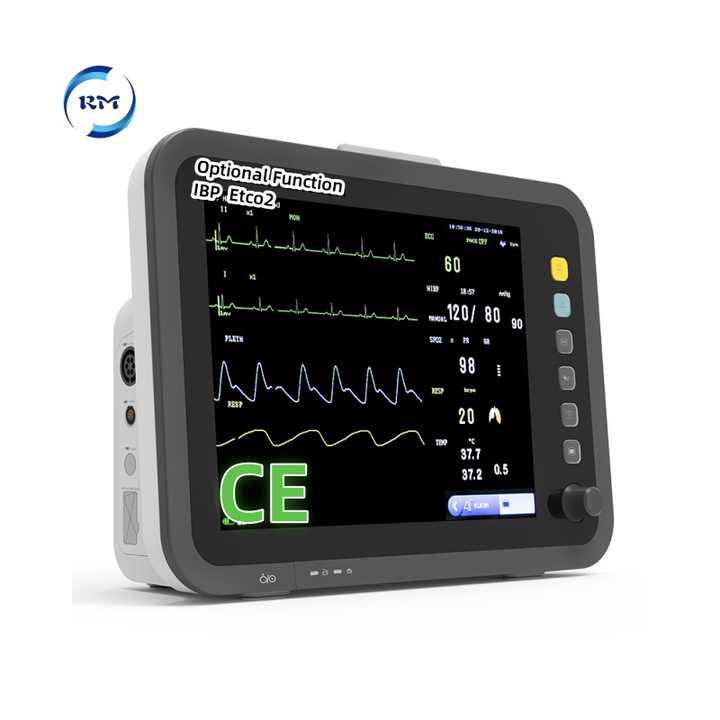Why is there no revolutionary battery technology breakthrough for lithium batteries?
Lithium batteries are commonly used in smartphones. Lithium batteries were invented by Sony in 1991. Lithium batteries have the best performance among all the secondary chemical batteries used commercially, but now it seems that Still can't meet our needs! Why has the lithium battery been invented for nearly 30 years, and there is still no revolutionary battery technology breakthrough in the scientific community?
Smart phones experienced a spurt of development in 2011, and it was from that year that China’s copycat mobile phone market began to die, and there was nowhere to turn it over. Mobile phone manufacturers, led by Xiaomi, which are known for their cost-effectiveness, quickly set off a wave of phone replacements. Those mobile phone manufacturers who seized the opportunity re-divided China's mobile phone market. Compared with counterfeit phones, smartphones can be said to have overwhelmed counterfeit phones in terms of system, software, and convenience. But the only thing that makes people criticize may be: the mobile phone battery that is charged once a day or twice a day! Lithium batteries are commonly used in smartphones. Lithium batteries were invented by Sony in 1991. Lithium batteries have the best performance among all the secondary chemical batteries used commercially, but now it seems that Still can't meet our needs! Why has the lithium battery been invented for nearly 30 years, and there is still no revolutionary battery technology breakthrough in the scientific community? The lithium battery invented by Sony has quickly won the market’s favor with its high specific energy, long cycle life, wide charging power range, and good rate discharge performance. The commercialization of lithium batteries has greatly reduced the weight and volume of current portable electronic devices such as mobile phones and notebooks. However, after more than 20 years of development, whether it is a smart phone, a tablet computer, or today’s Tesla electric car, the lithium battery technology used in all electronic devices is in technical use with the lithium-ion battery developed by Sony. There is no essential difference. The number of lithium ions in a lithium battery is fixed, and if you want to make the battery use longer, you must increase the number of batteries, but this in turn means heavier equipment, greater heat generation during use, and higher The possibility of overheating and explosion. This is also the reason why mobile phones have become "hand warmers" after heavy use. If you want to be safer or more portable, you must sacrifice the number of batteries and use time. We are not unfamiliar with the power generation principle of the battery, but it converts chemical energy into electrical energy. Although the battery system principle is simple, further revolutionary breakthroughs are difficult. why? Because electrochemistry is an experimental science, and the periodic table and crystal database are turned over and over again to see only a few reactants! Moreover, even if suitable reactants are found, there are still many factors that restrict the commercial possibilities of these reactants! Short life is not enough! The weight is too heavy! It's too big! Inefficient! Poor stability! No side effects! Not safe and reliable! Too much trouble to use! It’s too slow to release energy! The cost is too high, let alone! Maintaining energy density will sacrifice efficiency, and maintaining safety and reliability will increase costs. There are many constraints on the design of rechargeable batteries. Moreover, even if there is a direction, the analysis process cannot easily establish a mathematical model. The optimal combination can only be tried. Only after a large number of experiments can the balance of various parameters be obtained. Because the battery system is complex, the experiment has many details, the cycle is long, and the reproducibility is poor, it takes a lot of time but has little effect. It takes a long period of time for technology to reach the market from the laboratory. Even fine-tuning the width of the battery in the design will cost a lot of costs, let alone rashly adopting revolutionary technology, once the risk of failure will be incalculable! Just like the battery explosion incident of Samsung Note7, Samsung Note7 still uses lithium batteries, but because of the unreasonable design, it can only be recalled globally. In the end, the battery explosion caused economic losses of 144.319 billion yuan to their company! Fortunately, some companies seem to have found a new direction for battery development! In 2016, ITRI released a fast-rechargeable aluminum battery URABat jointly developed with Stanford University, which is said to be a safer and more efficient alternative to lithium batteries. The URABat battery only takes 1 minute to complete a charge and the number of charging cycles can be as high as 10,000 times. The next revolutionary technological update of smart devices may be the advancement of battery technology. Perhaps the term "charging" will not exist at that time. Mobile phones, laptops, and Teslas are given enough to be used the moment they leave the factory. Retired electricity.


































